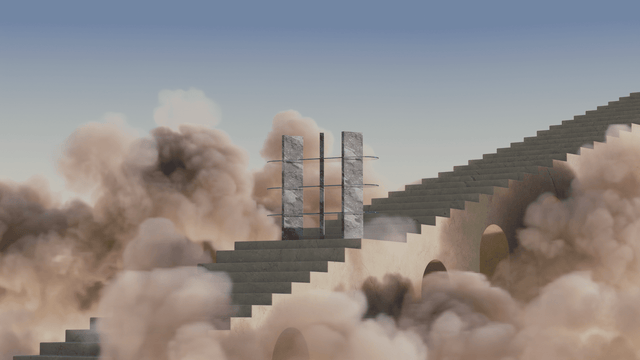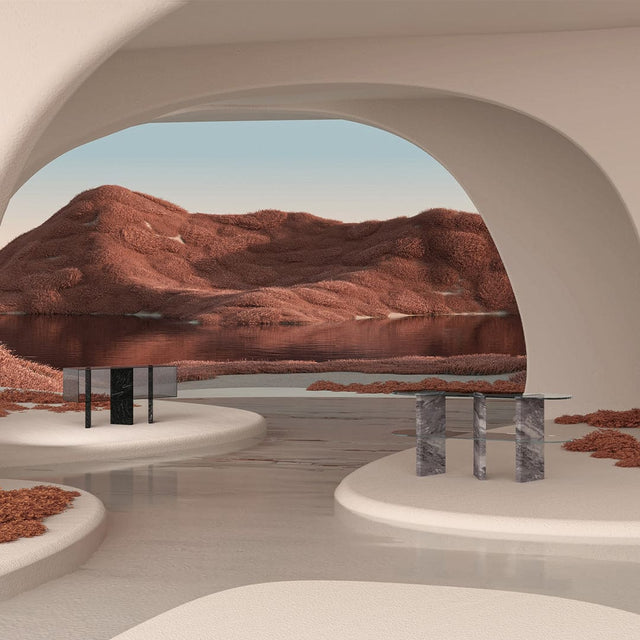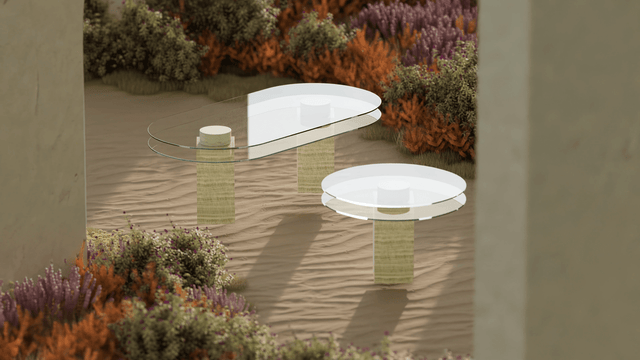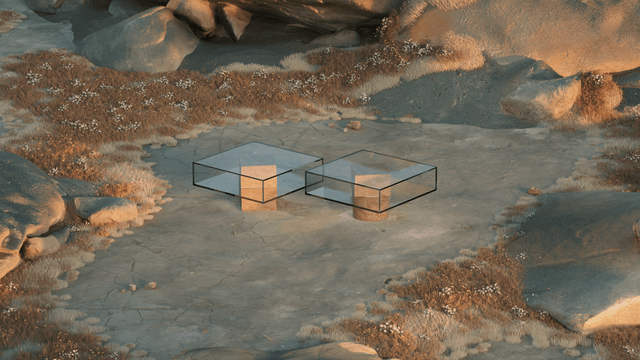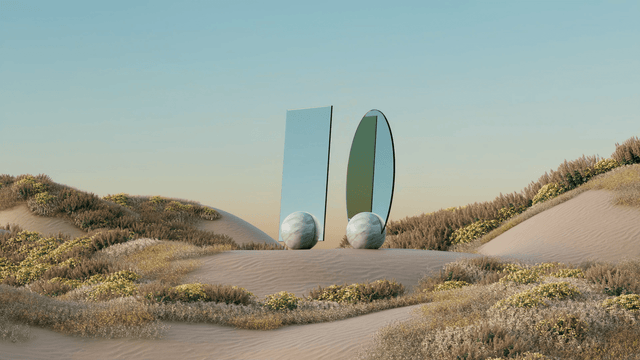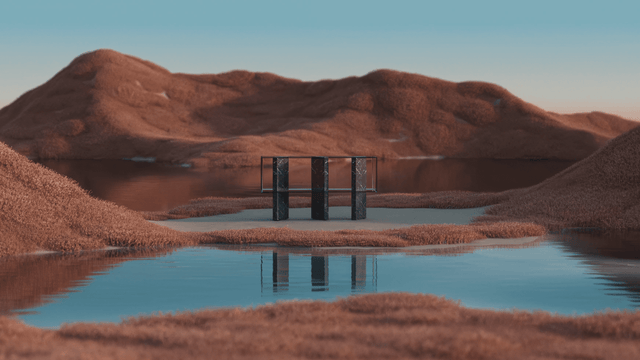Marble in architecture & interior design
Marble in architecture & interior design?
It’s a dream team.
Marble has an history going back thousands of years, beginning at the dawn of the Great Empires. With its beauty and refinement, this material has long been favored in architecture and building construction.
Architecture and marble have always formed a perfect union.
Its history testifies to its value as a precious and versatile building material. The versatility of this stone allows architects to express their creativity through unique and eternally fascinating realizations.
From ancient classical temples to sumptuous Gothic cathedrals, marble has been used to add a touch of luxury and sophistication to architectural structures.
Artisans' skill in working marble, refined century after century, has made it possible to create intricate details and sculptures that decorate the facades of the most spectacular ancient buildings.
Marble as a distinctive element in modern & contemporary days
While marble is often associated with historic buildings, it has also become a distinctive element in modern structures. Many contemporary architects choose marble as a material to add a touch of class and sophistication to their projects.
Its inherent beauty and sense of eternity combine perfectly with modern aesthetics, and marble lends itself to both interior and exterior use in buildings. Its presence in modern structures continues to impart a sense of prestige and luxury.
In conclusion, marble, with its timeless beauty, versatility and ability to stand the test of time, remains a valuable element in interior design and architecture and will always remain one of the most fascinating and beloved materials for designers.
Here a selection of some Modern & Contemporary beauties:
Ludwig Mies van der Rohe and the Barcelona Pavilion

The German Pavilion, known as the Barcelona Pavilion, is one of
Ludwig Mies Van Der Rohe's most important works.
Mies Van Der Rohe implements several experiments in this project,
addressed in the field of typology by means of a free plan concept and
by means of an innovation on the internal-external relationship constituted
by fluid spaces.

The structure relates to the ground through an interface consisting of a
large modular patio made of travertine marble.
The whole thing looks like part of an interplay of surfaces that let space
run within itself. Limits become for Mies something that can be crossed,
shaped and reinterpreted.
Vincenzo de Cotiis and Chiara Ferragni's Villa in Forte dei Marmi
Architect and designer Vincenzo De Cotiis has totally rethought what
was a family residence built in the 1960s in Forte dei Marmi, a renowned
seaside destination on the Versilia Riviera.
The villa is hidden by variegated vegetation and seems almost to merge with it.
The structure looks almost like a casket built of precious green marble
lightened by large windows and embellished with brass details.

Michela Ekström and the "Stonehouse" in Rome
In this context, the power of travertine is revisited in a contemporary light
and elegant way.
"The choice of travertine as the dominant material lends cohesion and continuity
to the interiors, creating a feeling of harmony and calm," comments the architect.
With its rich and sophisticated texture, this material dominates the interior
spaces unchallenged, weaving an unbreakable bond between
different parts of the house.
From the design of the spaces to the arrangement of the architectural elements, every detail here has been taken care of with care and precision.



